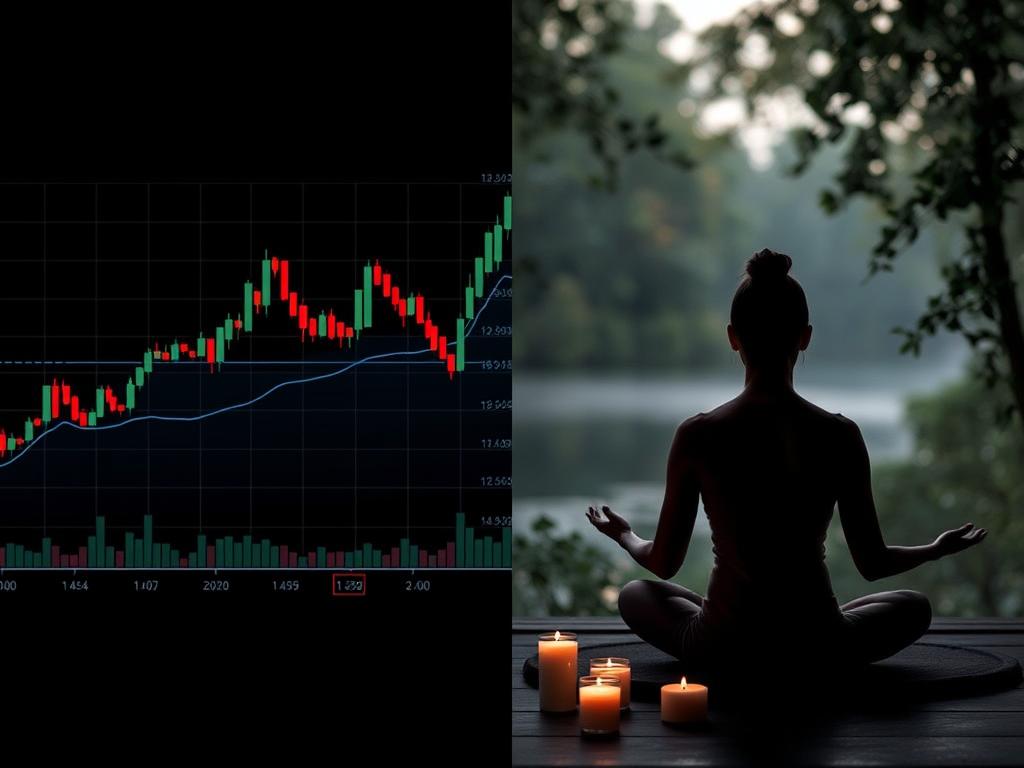
Mastering the Psychology of Trading: Strategies to Keep Emotions in Check
Share
Mastering the Psychology of Trading: Strategies to Keep Emotions in Check
Trading can be as much about managing your mind as it is about mastering the markets. Emotional decisions can often overshadow logical strategies, leading to costly mistakes. In this article, we explore the psychology behind trading and provide actionable tips to keep your emotions in check.
Understanding the Emotional Challenges
Emotions play a significant role in trading, often leading to impulsive decisions. Fear and greed are two of the most common emotional pitfalls. Understanding these emotions is the first step to overcoming them.
Fear
Fear can manifest in various ways, such as hesitating to enter a trade or exiting too early. It often stems from the fear of losing money or the fear of missing out (FOMO). Recognizing these patterns can help traders develop strategies to mitigate their impact.
Greed
Greed can lead traders to overtrade or take on excessive risk in pursuit of higher returns. It often clouds judgment, leading to poor decision-making. Learning to balance ambition with caution is crucial for long-term success.
Strategies to Overcome Emotional Pitfalls
Implementing effective strategies can help traders manage emotions and stay focused on their goals. Here are some practical tips:
Develop a Trading Plan
A well-defined trading plan serves as a roadmap, helping you stay disciplined and avoid impulsive decisions. It outlines your entry and exit criteria, risk management rules, and profit targets. Sticking to your plan can reduce emotional interference and improve consistency.
Use Psychological Indicators
Certain indicators can help identify emotional shifts in the market, allowing you to make more informed decisions. For example, the Wick Test Indicator can help confirm the strength of a trend before entering a trade, reducing hesitation. The Trend Regularity Adaptive Moving Average (TRAMA) can help identify stable trends, reducing anxiety about market fluctuations.
Practice Mindfulness and Discipline
Mindfulness practices such as meditation can help traders stay calm and focused. Discipline is equally important; sticking to your trading plan and avoiding impulsive decisions are key to long-term success. Consider using tools like the Pace of Tape Indicator to stay in tune with market rhythms and avoid overtrading.
The Role of Indicators in Managing Emotions
Indicators can serve as valuable tools in managing emotions by providing objective insights into market behavior. Here are some indicators that can help:
Higher Timeframe Candles Indicator
The Higher Timeframe Candles Indicator helps filter out market noise by displaying higher timeframe data on lower timeframes. This can reduce anxiety and help traders focus on the bigger picture.
Range Deviations Indicator
The Range Deviations Indicator identifies price deviations from the average range, helping traders spot potential breakouts or reversals. This can reduce the fear of missing out (FOMO) by providing clear signals.
WaveTrend Classic Indicator
The WaveTrend Classic Indicator combines price and volume data to identify trends and potential reversals. It can help traders build confidence in their decisions and reduce emotional uncertainty.
Conclusion
Mastering the psychology of trading is a journey that requires self-awareness, discipline, and the right tools. By understanding emotional challenges and implementing effective strategies, traders can overcome fear, greed, and other emotional pitfalls. Incorporating psychological indicators into your trading arsenal can further enhance your decision-making and overall performance. Remember, trading is as much about managing your mind as it is about mastering the markets.
